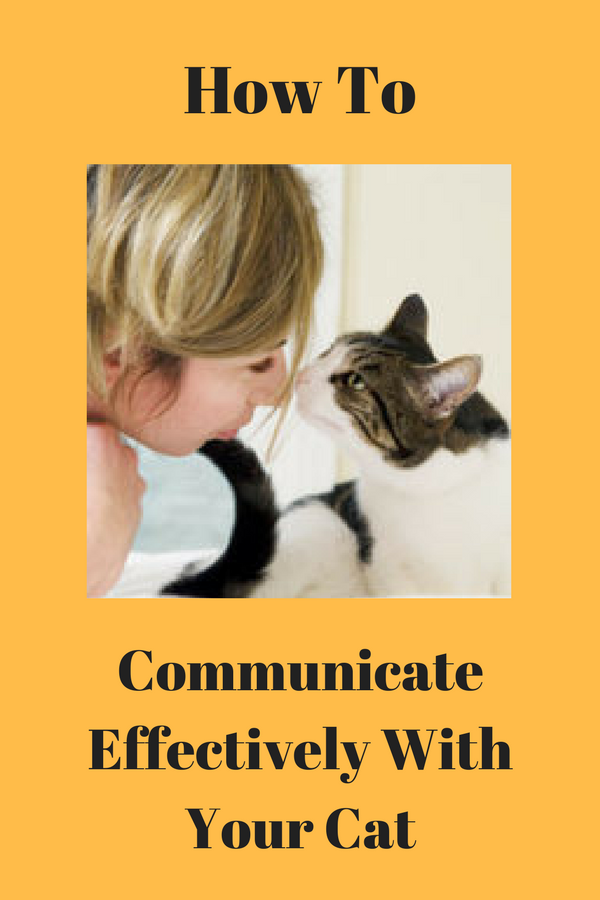
My mother-in-law used to talk to her cat ALL THE TIME. They were roommates and the best of friends. It seemed they had their own language, and I had never seen a cat respond so appropriately and lovingly to all that was spoken to her. When communicating with cats, it may seem as though the cat isn’t listening to what’s being said, but that isn’t the case.
Cats Communicate Differently Than Dogs
My mother-in-law’s cat did not respond or interact – at least from my perspective – the way a dog would. So, I assumed her cat was just not interested in communicating with my mother-in-law. Wrong. Communicating with cats is definitely possible, cats simply prefer a different avenue than dogs. If you think cats aren’t part of the dialogue, then you have been missing out.
Catster.com offers these insights into the art of communicating with cats:
Read Cat’s Body Language
When communicating with cats, you have to be a good listener first. Learn the body language of your cat. Observe how he reacts to varying stimuli. What pose does he strike when staring out the window versus when he is interacting with you? How does he look when he is dozing in the sunlight? Sometimes just listening to your cat is more about employing the sense of sight. He speaks through his body and his expressions.
A Slow Blink Is Love
If you want to say “I love you” to your cat, trying doing so with your eyes instead of your words. From a distance, slowly close your eyes and then reopen them. This slow blink is akin to the spoken words, “I love you.” As you close your eyes, think of the word “I,” and then as you keep them closed, think of the word “love,” and as you slowly open them again, think of the word “you.” Try this when your cat is relaxed and calm and you just might see him return the blinks in kind!
The Nose Touch
Have you noticed that cats greet each other by touching noses? Join the conversation and curl your index finger into a shape that loosely resembles a cat’s nose and then slowly extend your arm. This will give your cat a chance to greet you in much the same way as he greets other cats. You are speaking his language now. However, make sure to do this move slowly and come from the side or in front of him, never from above.
Speak Softly
Use your inside voice! With such sensitive hearing, cats become uncomfortable with loud noises. Unlike kids and dogs, cats don’t require all of that enthusiastic verbalization. A quiet, calm and reserved tone of voice is far more conducive to making a connection with your cat.
When my dog hears a certain sort of kissing sound during a relaxed moment, he knows that is time to come over and get up on the couch with my husband. Cats will respond similarly. Any sort of loving and soothing sound done consistently is a welcome invitation to hug, snuggle, or get close to you.






